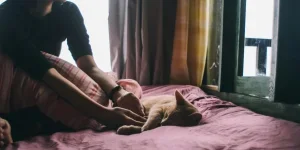The rising popularity of high-end bedding has made bedspreads and coverlets key components in designing cozy environments for both homes and hospitality settings. Those in charge of purchasing decision-making now emphasize finding items that combine fashion with endurance and practicality. Staying informed about market preferences like eco-friendly materials and cutting-edge design innovations is essential for making well-informed buying choices. This piece provides an overview of types of bedspreads and coverlets and expert guidance to help you select the most suitable options. In a market like this one, these choices can boost customer satisfaction and deliver lasting benefits.
Table of Contents
● Understanding the booming bedspreads market
● Quilted, matelassé, and coverlets: A closer look at the different types
● Key factors to consider when choosing bedspreads and coverlets
● Conclusion
Understanding the booming bedspreads market

A booming market for luxury and eco-friendly bedding
The worldwide market for home bedding is seeing an uptick in growth due to an increase in consumer expenditure on top-notch and eco-friendly goods. Grand View Research data shows that the market was valued at USD 104.64 billion in 2023. It is projected to expand at a pace of 7.4% between 2023 and 2030. An increased understanding of the advantages of quality sleep alongside advancements in materials and styles has boosted the need for commodities that provide comfort while being environmentally sustainable. The trend towards eco options, like cotton and bamboo, aligns with the choices of buyers who care about the environment.
Regional growth and product segmentation
Significant geographical areas propelling the market growth consist of Asia Pacific, with a 37% share of the market in 2023, and Europe, where there is an increase in the embrace of luxury and eco-friendly bedding options. Bed linens dominate the bedding sector by holding over 30% market share due to the rising preference for fabrics and visually pleasing designs. Noteworthy recent developments include the rise in popularity of products such as temperature-regulating bedding designed to improve sleep quality by ensuring ideal temperatures throughout the night. Grand View Research findings indicate that advancements in materials and designs play a big role in staying in this growing industry. For instance, cooling gel-infused memory foam can be incorporated into products.
Quilted, matelassé, and coverlets: A closer look at the different types
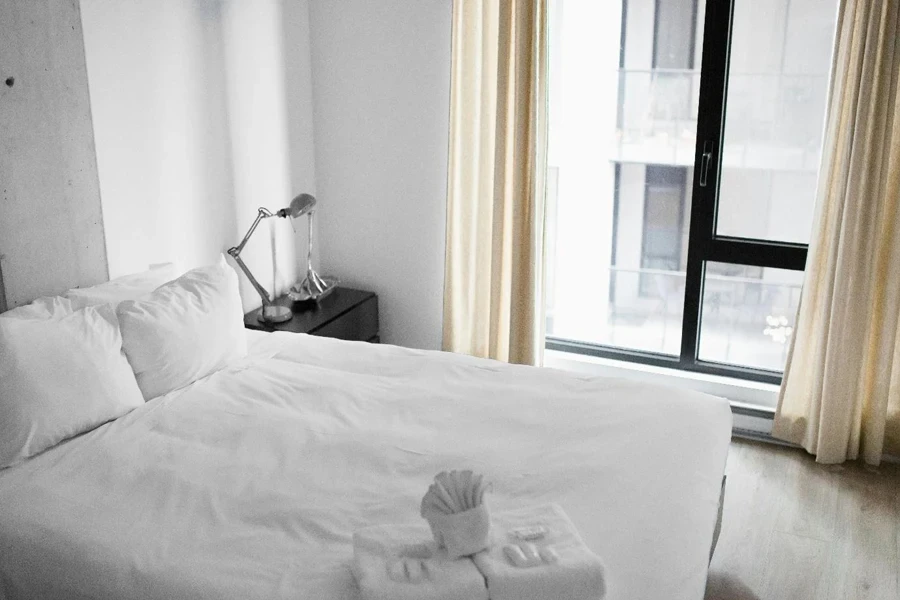
Quilted bedspreads: Classic comfort and durability
Quilted bedspreads are known for their three-layer design, which includes two layers of fabric sewn together with a middle layer of batting to provide extra coziness and dimensionality. The sewing work is usually intricate, with patterns like diamonds or florals that boost the charm and reinforce the bedspread’s durability. This technique prevents the batting from moving, and it helps maintain consistent warmth distribution. Bed covers with quilted designs are often crafted from fabrics such as cotton or microfiber blends for comfort and lasting quality.
Matelassé bedspreads: The art of subtle elegance
Matelassé bedspreads are made using a weaving method, resulting in a raised design that looks like hand-sewn quilting but without added thickness or weightiness. The designs woven into the fabric can include patterns like floral motifs or geometric shapes to give the bedspread a look that adds depth and elegance to any bed setting. These bedspreads differ from quilts, usually crafted from cotton or cotton blends. The intricate jacquard loom weaving technique employed in creating matelassé fabric results in a three-dimensional appearance while still keeping it light and airy to the touch. These qualities make matelassé bedspreads a great option for providing warmth and temperature control without feeling overly heavy or burdensome.
Coverlet bedspreads: Modern simplicity with style
Coverlet bedspreads are popular for their stylish design, often including a single-layer construction, making them light but visually striking. They are typically crafted from cotton piqué or matelassé with weaving to produce subtle textures or patterns visible at first glance. They offer a well-fitted appearance by hanging slightly over the edges of the bed without touching the floor. Coverlets are crafted with layering and versatility, as they typically have a thread count ranging from 200 to 400 to strike a blend of comfort and resilience. Their airy quality not only simplifies handling but lessens the impact of frequent washing for extended longevity. This is an essential aspect for commercial environments with fast-paced requirements.
Key factors to consider when choosing bedspreads and coverlets
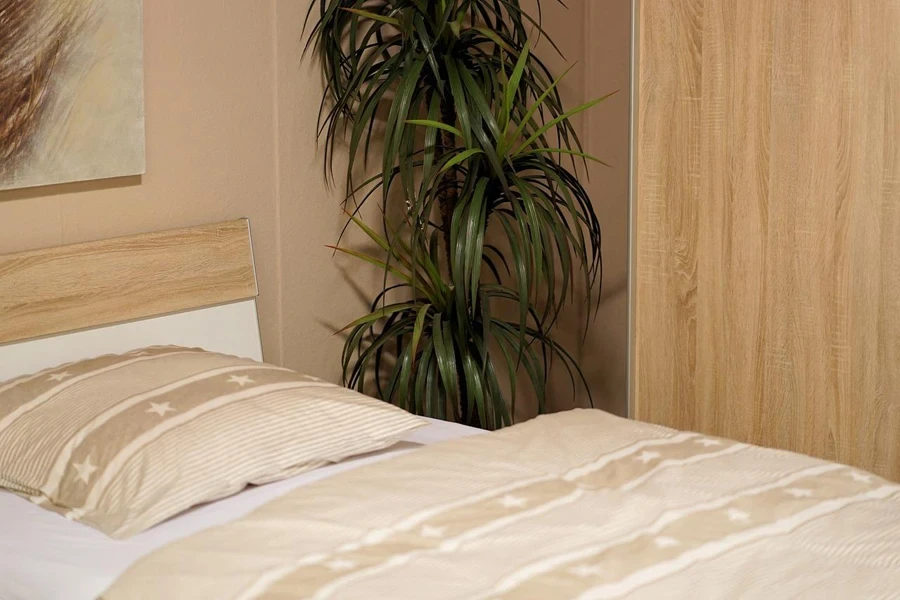
Material quality and comfort
When picking out bedspreads and coverlets, it’s important to pay attention to the quality of the material used. Fabrics like cotton, silk, and organic cotton, are highly prized for their softness, breathability, and durability, making them good choices for homes and hotels. The high thread counts of these materials, usually 200 to 800, contribute to their texture while ensuring they can withstand daily use. Organic fabrics have become popular for their properties appealing to environmentally conscious consumers. When looking into long-term investments in clothing items or textiles for your home decor, you need to consider the material’s longevity in production. Opting for fibers such as cotton and linen is a great choice as they are both durable and easy to care for compared to synthetic options available today.
Design and decor compatibility
Comforters and quilts play a big role in function and style; hence, their design must blend well with the room’s decor theme. When deciding on items like bedspreads and coverlets, buyers need to consider the textures to ensure they harmonize with the room’s overall design style, whether it leans towards modern, traditional, or minimalist aesthetics. Hues and uncomplicated geometric designs seamlessly match decor schemes, whereas floral motifs and damask patterns bring a touch of sophistication to more conventional settings. Textural features, like quilting or raised designs, can add to the charm of bedding items, making them stand out in a room’s decorum. In places like hotels and other commercial setups, bedspreads are chosen to bring a cohesive look to rooms while keeping a touch of individuality intact.
Functional features and innovations
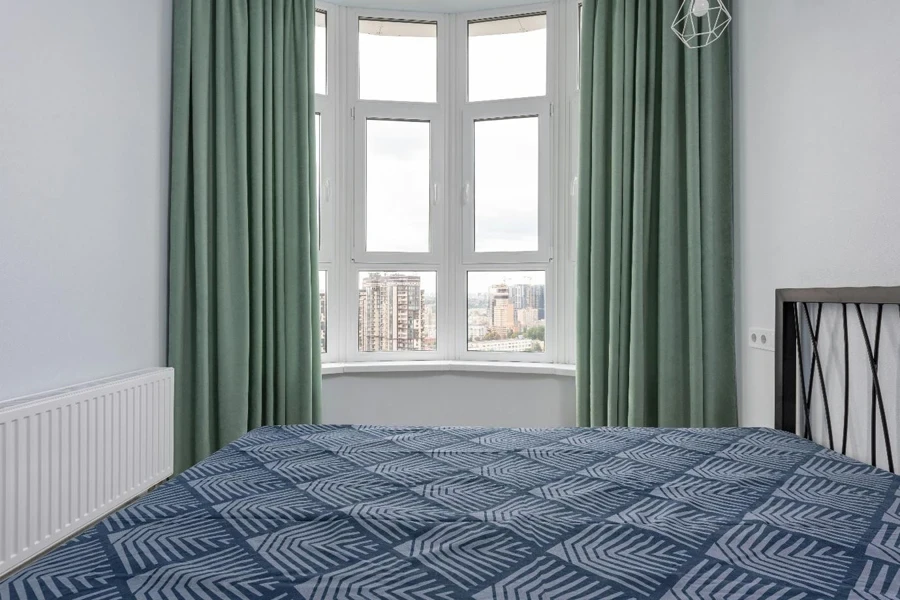
Today, innovations like fabrics controlling temperature and technology that draws away moisture effectively are increasingly essential to consumers seeking better sleep and comfort quality. Bedding materials that regulate temperature with features such as gel-infused fibers for cooling or phase change substances play a role in ensuring a good sleeping environment by avoiding overheating concerns. These advancements hold significance in the hospitality industry, where ensuring guests’ comfort remains paramount. Furthermore, the transition to materials like organic cotton and recycled fibers caters to the rising need for sustainable goods. These advancements offer health advantages and resonate with the expanding consumer inclination towards eco-conscious options.
Ease of care and maintenance
In both residential and hospitality settings, the ease of maintaining bedspreads and coverlets is a critical factor. Machine-washable and low-maintenance products are particularly desirable, as they reduce the time and cost involved in cleaning. For instance, bedspreads made from cotton or cotton-polyester blends are generally durable enough to withstand frequent washing without significant wear or fading. In the hospitality industry, where quick room turnovers are essential, lightweight coverlets and easy-care fabrics allow for faster laundering and replacement, improving operational efficiency. Selecting bedding with stain-resistant finishes or pre-shrunk fabrics ensures the products maintain their quality over time, reducing the need for frequent replacements.
Conclusion
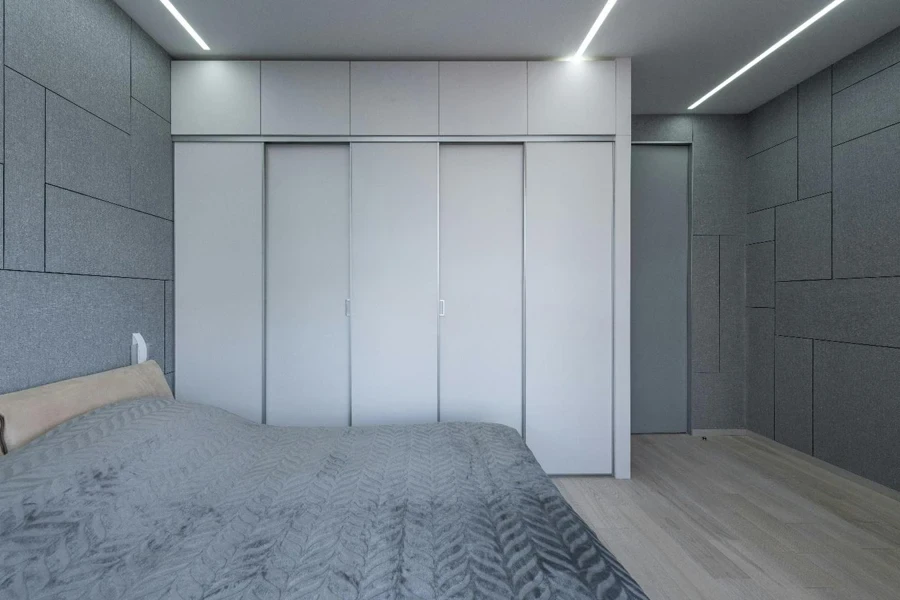
Selecting the right bed covers and quilts improves the overall comfort and visual attractiveness of any room, be it at home or in hotels. With an increasing interest in environmentally friendly choices, the range of top-notch bedding items on the market is constantly growing. Opting for patterns and fabrics that combine fashion with practicality and easy care allows companies to cater to the escalating expectations of discerning customers and visitors. Investment in these items not only enhances the experience but also adds to long-lasting value and competitiveness in the market.
